Regardless of the debate on the morality of paparazzi, they are still out in force and the publics’ insatiable appetite for celebrity culture has not killed demand for their images. The only thing worth more than a snap of your favourite celebrity, is a glimpse at the often shielded child. To control the setting – and even in some cases turn a profit – celebrities have opted to sell family photos or pose exclusively for publications, driving the market for ‘aspirational families’. Needless to say, the resulting fashion stakes are high. Children’s wear is experiencing record growth in it’s already multi-billion dollar share of the fashion pie. There’s been a cultural shift in which children are no longer seen and not heard, and the market is responding to that loud and clear.
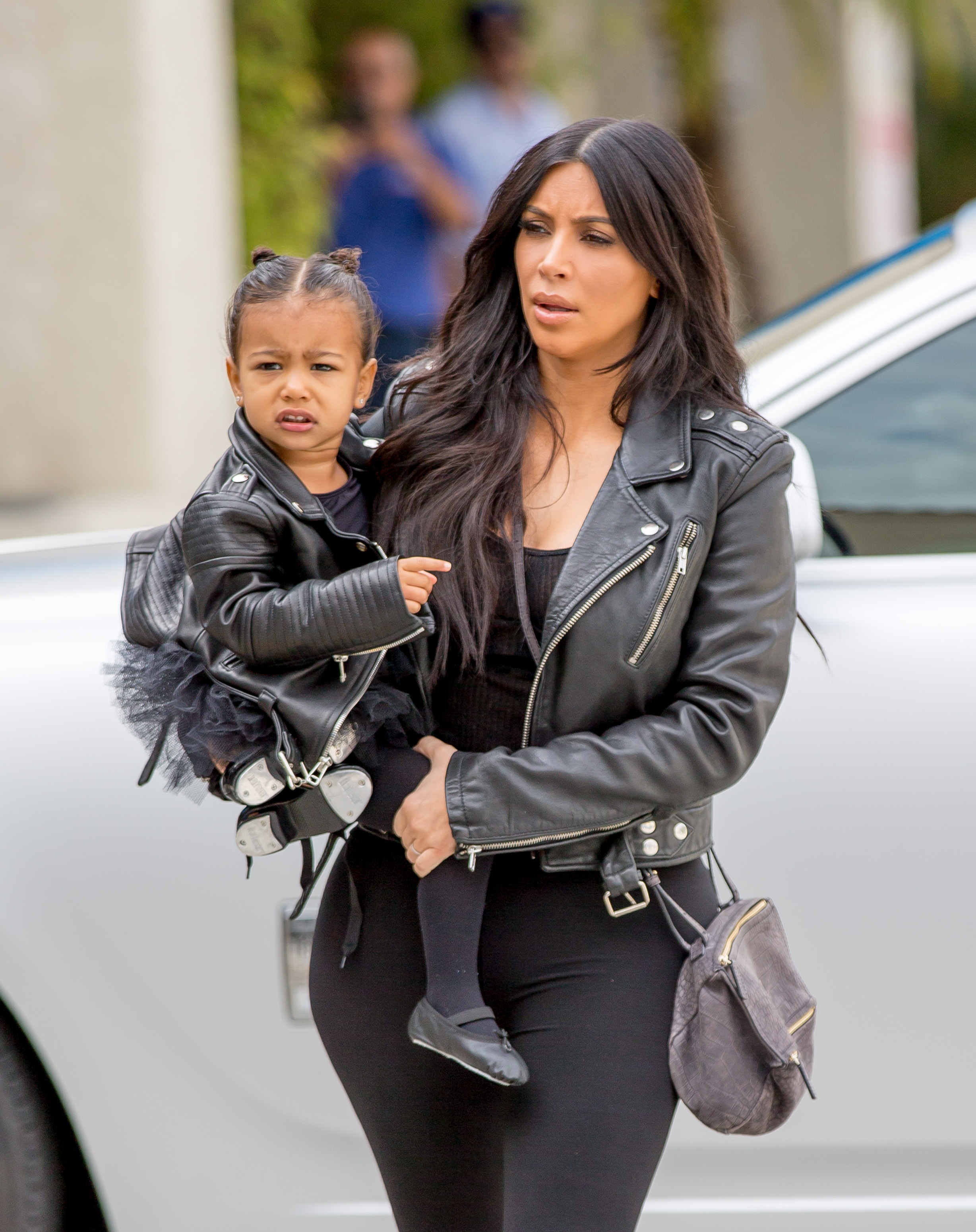
As an aunt to a three-year old niece, I have a new understanding of the role that fashion plays in a child’s formative identity. As adults, a large part of our self-expression comes from what we choose to wear. Children are no different. They learn a lot by mimicking the adults in their presence and often by going against the grain of expectations. I remember when I was a child arguing with my own parents about what I was and was not willing to wear for the sake of my own self-expression. But regardless of whether a child is given a free run on their wardrobe, the parents and often grandparents are the ones who are buying and stocking it.
Parents naturally tie in their own identity to their child, and subsequently the child’s presentation, as a reflection of their own values and vision. There’s nothing wrong with a parent who wants to spend an exorbitant amount on clothing for their child, as much as there’s nothing wrong with hand-me-downs. The products are available because there is a demand for them and because a free market should abound with options. Judgement and practicality aside, fashion will always live alongside utility as a creative outlet and as a means of finding our voice.
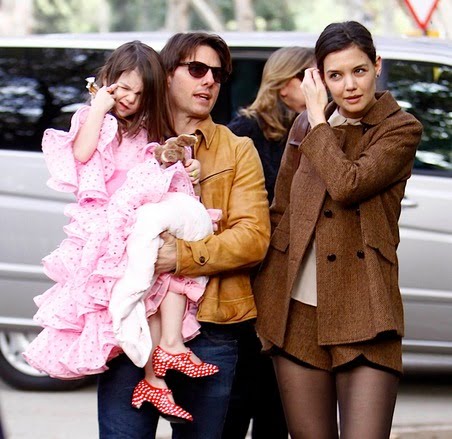
As a child-free adult, I haven’t previously given much thought to children’s fashion. A few years back I was sent out on a random personal-assistant act to secure a toddler’s shirt and pants, and was instantly struck by the $50 a-piece price tag on the small bits of fabric in my hand. Yardage clearly has nothing to do with it, since one could buy an adults t-shirt for about the same price. The inflation on both the price and production of children’s wear has a lot to do with an increase in exposure to celebrity offspring and the impact of social media’s mummy-influencers. Much like its adult counterpart, children’s fashion trends top-down, with the ‘haves’ trailblazing for the ‘have-nots’. The ‘haves’ include representative kids from the Kardashians, Beyonce & Jay Z, the Cruises and especially the Royal Family’s Prince George, whom Forbes claimed to be “the world’s most influential toddler” in 2014 for his ripple effect on the sale of children’s luxury-wear.
The Beckham’s boast four children. The oldest, Brooklyn, has even stepped into modelling in line with his mother’s fashion success and has featured in campaigns for Burberry. Meanwhiles pop-singer turned fashion master Victoria has taken time out from her label, following her AW17 collection, to design a kids capsule collection for VB X Target. The collection was inspired by her only daughter Harper, who already has sites dedicated to her style. In an interview with In Style US Victoria states, “You really get a sense of the relationship between Harper and me. This is fun, easy, cute, all of those things. Very honest. Very me.” By this alone, you can see what she is selling is the ideal mother–daughter relationship, the clothes are just the vessel. This is not a new ploy, however sincere it may be. Marketing’s whole premise is to pull focus on the possibilities of a product, not just the physical end point. They insinuate ‘If you buy this, you will feel like this’.
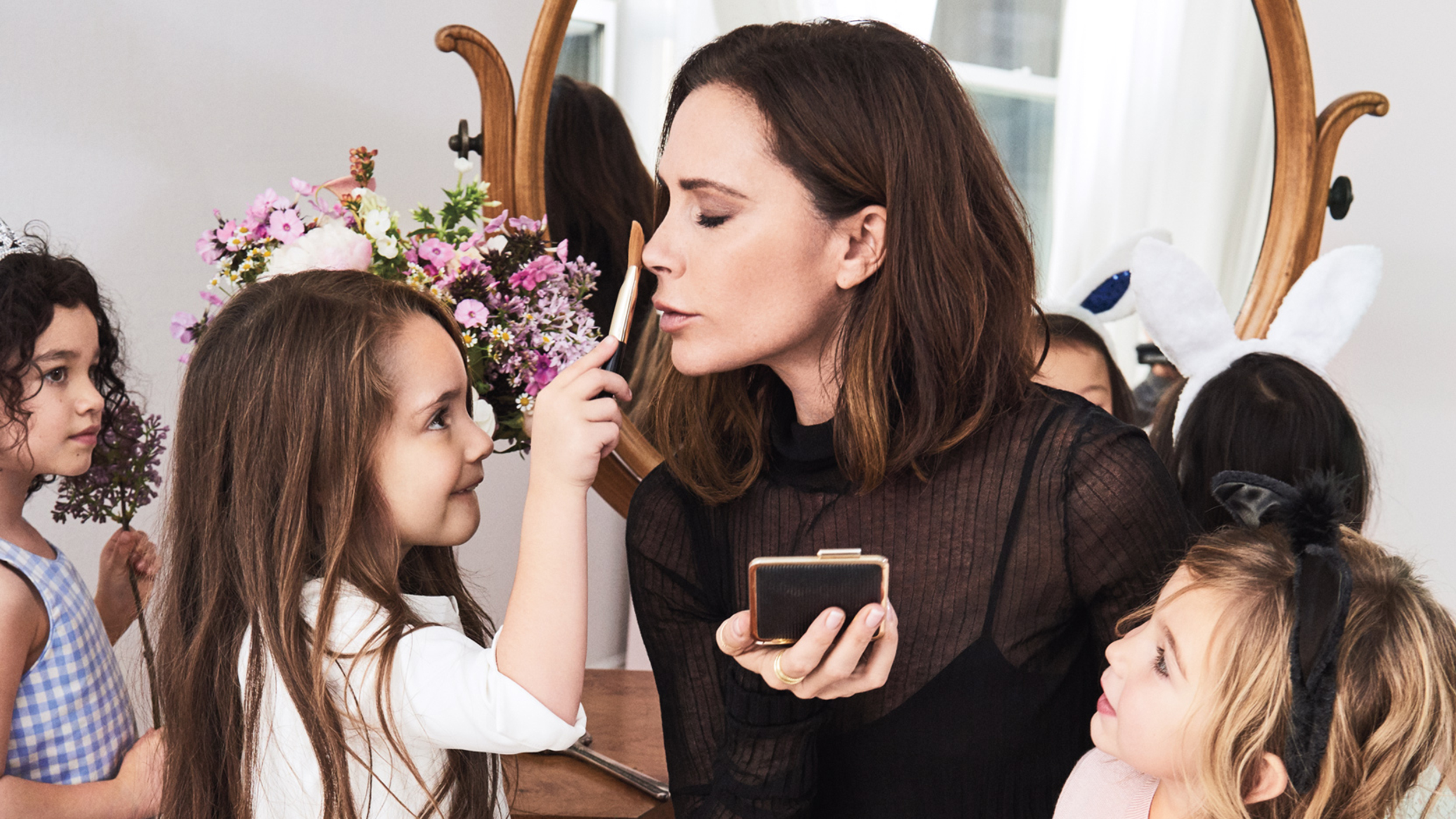
Here in Australia, PR Celebrity Roxy Jacenko has utilised her knowledge of social media to unabashedly propel her daughter Pixie into the spotlight. The four-year-old can be seen by her current 109,000 Instagram followers wearing luxury labels and her own signature bows. Pixie’s Bows, which have gone into the ensembles of other celebrity children, are trending so well as to take up much of the busy PR’s focus. Starting at an easy $12 a piece, they are an accessible entry point into celebrity style. Independent labels are also popping up among the larger brands, including Phoenix and the Fox that is making ripples with children’s fashion. They offer unique prints from Australian Textile artist Jennifer Green, who has also designed for the sought-after Australian brand Camilla and Marc.
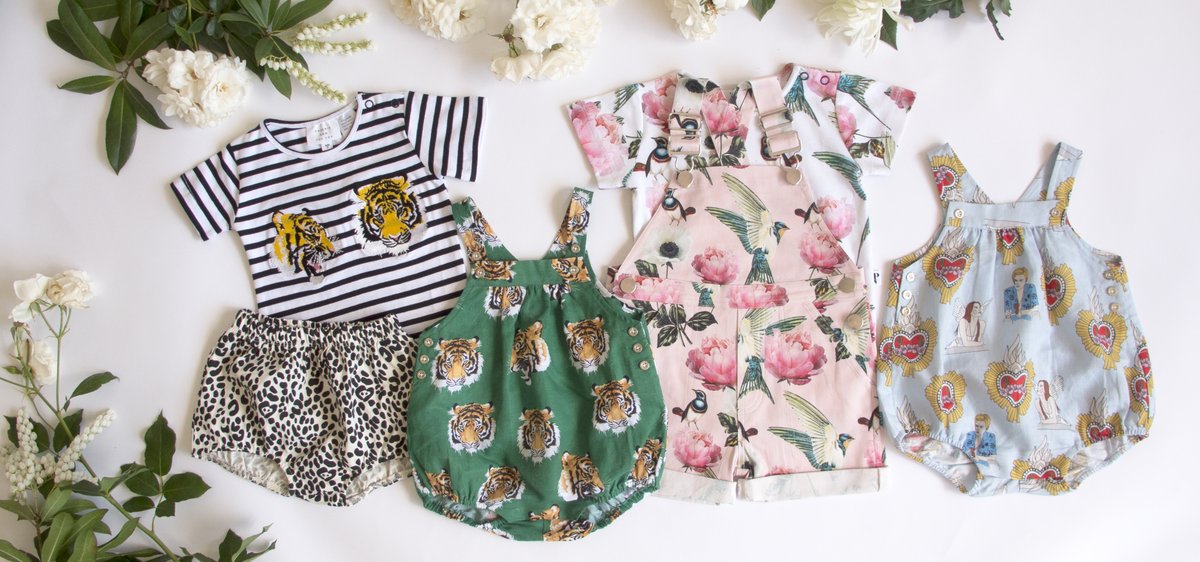
Fashion big brands everywhere have adapted their stores to include a dedicated kid’s department. It is not as simple a trend as kids just dressing like their parents, Seed Heritage actually started out as a children and babies line, only to launch into women’s wear. This is a great example of families unifying their shopping experience and style ideas. The Guardian has put together a list of luxury brands to join the band wagon, from early entrants Baby Dior (1967) and Ralph Lauren (1978) to the noughties contributors Little Marc Jacobs (2005), Stella McCartney Kids (2010), Lanvin, Marni, Gucci, Fendi Kids (all 2011), D&G (2012) and Balmain Kids (2016), with the biggest success story to come out of Burberry’s own launch into the field.
Luxury does not stop with these household names. Mischka Aoki – named after the designer’s daughter – started its venture as the only luxury couture house for children. Its services include a made to measure experience equipped with your own client manager, concierge, stylist, personalised design and gift wrapping to boot. Incredibly, this internationally acclaimed brand debuted its collection in Perth, Australia during 2009 Fashion Week. The luxury label has since landed spots in the world’s most prestigious department stores including Harrods, Bergdorf Goodman and Saks Fifth Avenue. The designer, Winnie, started the label in response to her own failed search for stylish luxury children’s wear following the birth of Mischka in 2008. Taking the market into her own hands, she was met positively by the industry and formed a new niche benchmark, growing the brand year on year. The collections are unequivocally beautiful and everything you would expect of a couture gown, just pint size. But that is the only small thing about it, her customers include the children of the red carpet, royals and industry leaders who fork out anywhere between 1 and 10 thousand dollars for a shimmering couture dress the likes of which are available on farfetch.com.
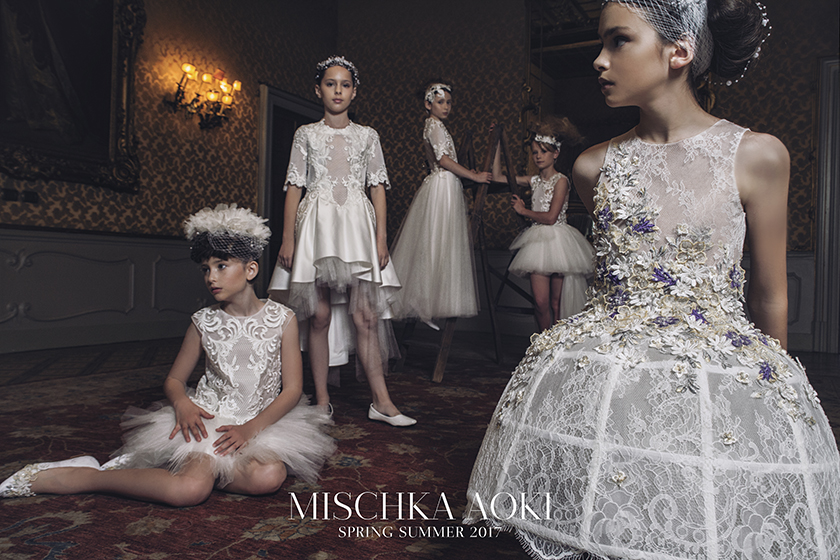
After delving into this field, I realise now that sadly the $100 spent on a toddler’s outfit was a relative bargain. But certainly, cost is relative to what you are willing to fork out for the privilege. To be clear, I don’t consider clothing a privilege, rather a necessity of society. Fashion on the other hand is the possibility of clothing beyond its mere function. Children’s wear can more easily fall into fantasy, fun or excess, and push the boundaries of design enough to give us adults a very good run for their money.
The debate around children – how to raise them and how they are represented in society is already fraught on social media, but these questions are worth debating in order to keep check of social shifts. Do you see the fervent dedication to children’s wear as more positive or negative? Post your comments below!







